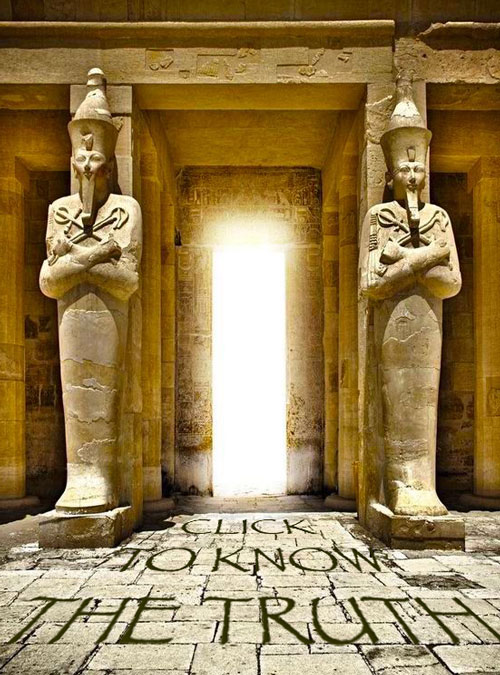Heka
This god represented “magick” in ancient Egypt.

Heka was depicted in royal dress wearing the bull’s tail of kingship with two serpents crossing his chest. Heka’s first syllable “he” was the power (8) that made creation possible and every act of magick was simply a continuation of this. To direct this force came the “ka” of truth (11). As the first and last numbers, their sum (19) was known as the Alpha and Omega.
Atop Heka’s head sat a lion (the Sphinx), indicating the golden eighth chakra. While this artistic rendering was a linear reference, the hyperdimensional location of the Soul Star remains the heart. The thymus, also known as the higher heart chakra, is considered to be the gate to higher consciousness—a life of service, prosperity and joy.

The Magickal Hexagon above (with 19 cells) is reflected in The Lotus of Life below. Here we are reminded of the sacred balance required for transcendence:

Heka was not only a god, but also the personification of magick—the idea as well as the practice. Words were the most important aspect of this reality. Here we could bring forth the realities we desired through spell casting. This spelling allowed us to create any results we wanted. By working with the underlying principles, we could use intention to influence the nature of the cosmos.
Heka magic is many things, but, above all,
It has a close association with speech
And the power of the word.
— O. Goelet (1994)

So the Sphinx symbolised the alignment of Egypt with the highest form of life. It is the space where our physical body connects with divinity—where we can align with Regulus and the Great Central Sun via the Lion’s Gate.
VI VERI VENIVERSUM VIVUS VICI.
